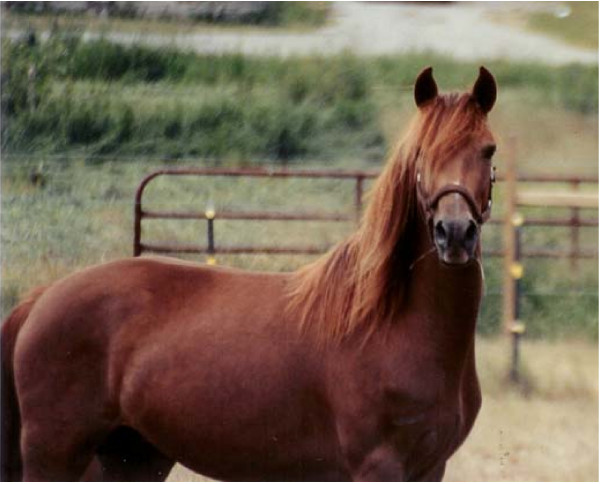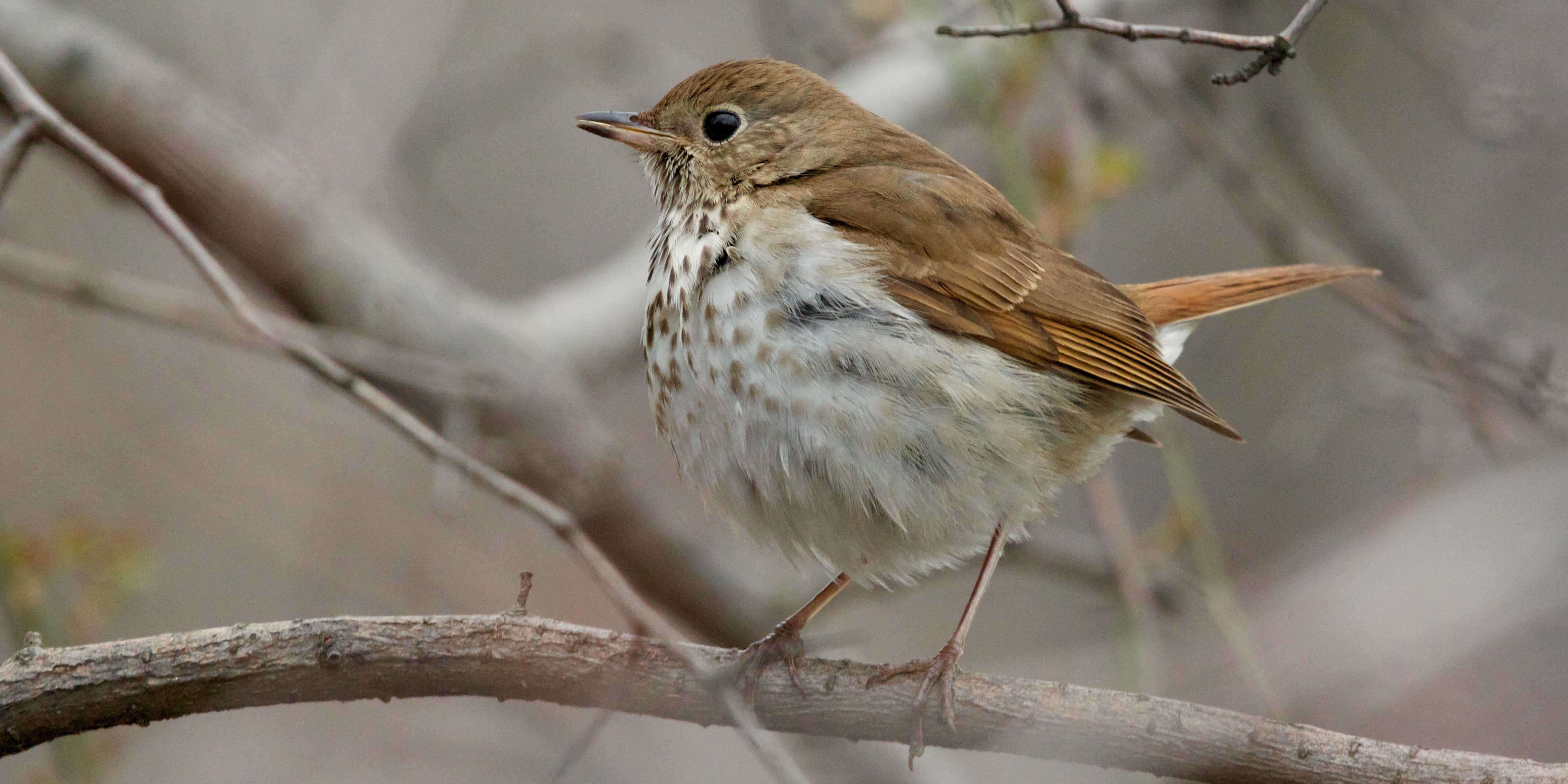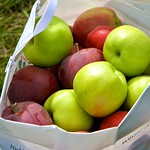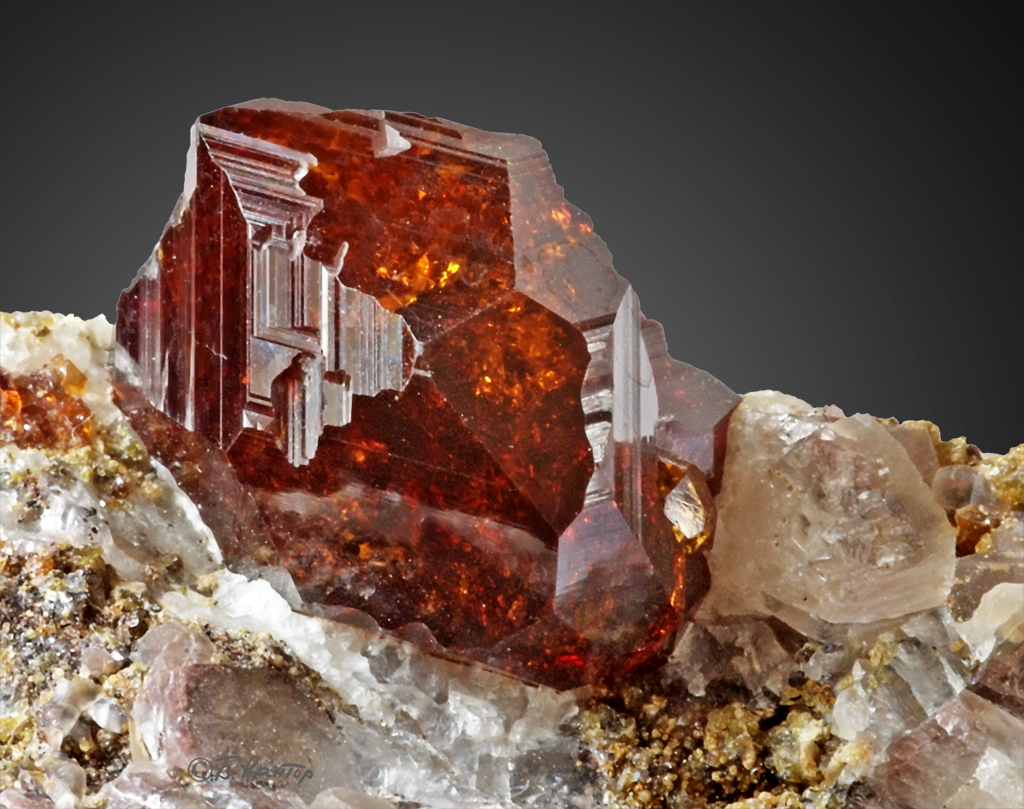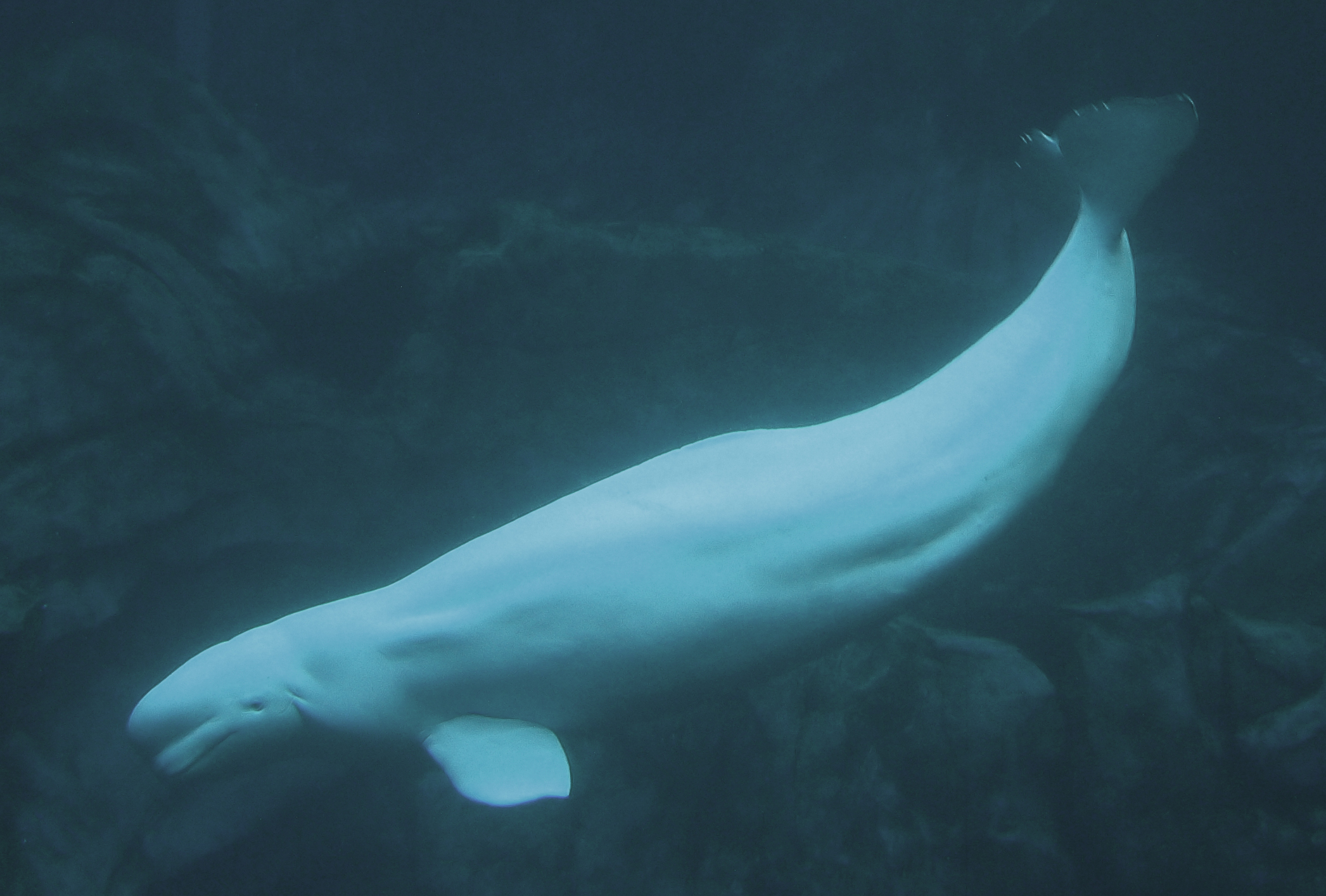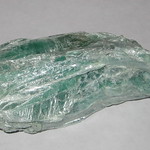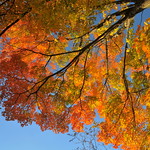Last updated on June 21st, 2024
56. Vermont – the first state to outlaw adult slavery
Vermont is the first state to join the union after the original thirteen colonies. It is also the first state to outlaw adult slavery in their state constitution. It did so in 1777 when it was an independent state.
57. First to legalize same- sex marriages
Vermont is the first state in the US to make same-sex marriages legal. That means that gay couples are considered legal in this state.
58. You need false teeth? Go get a letter from your husband
Another ridiculous law in Vermont is that women must get a written letter from their husbands if they want to get false teeth. It may sound funny, but it’s true.
59. One of the six New England states
Vermont is one of the six New England states. The other five states are: Maine, New Hampshire, Massachusetts, Rhode Island, and Connecticut.
60. The shape of the state
The shape of the state of the map resembles the first letter of its name, a ‘V.’ This might be irrelevant, but it still is quite an interesting affirmation.
61. No direct access to the Atlantic
Vermont is the only New England state without any direct access to the Atlantic.
62. Plenty of underground marble
The Vermont Danby Quarry is the world’s largest underground marble quarry in the world. The quarry is entered through the same opening that has been in use for over 100 years.
63. White marble for Washington, DC
White marble found in Vermont was used to create the exterior columns and walls of the Washington, DC, national monument. It was quite a task to get it there in 1848.
64. Copper topped dome
The State House in Montpelier, Vermont, is designed with a copper-topped dome that shines on sunny days. It once had a 24-karat gold dome.
The same building has a statue of Ceres, the Roman goddess of agriculture, on top of the dome. A tribute to the most crucial industry in Vermont.
65. Oversized zipper
The most oversized zipper in the world can be found in Vermont. You won’t miss it if you drive down Main Street in Barr.
66. Plenty of bridges
The state has more than one hundred covered bridges. Thus it has more covered bridges per square mile than any other U.S state.
67. The oldest continuous path
With the oldest continuous footpath, Vermont is the first state with a through-hiking trail. This trail is a whopping 272 miles long, great for hikers.
68. The first rail road
In 1848 the first railroad was opened in Vermont to connect it to the rest of the country. The Central Vermont Railway was a significant improvement for the state.
69. No McDonald’s in Montpelier
Montpelier, Vermont is the only state capital that does not have a McDonald’s.
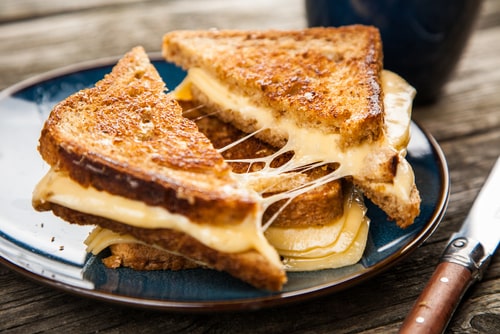
70. The world’s largest grilled cheese sandwich
The Cabot Creamery of Vermont holds the delicious title of making the world’s largest grilled cheese sandwich. Festival goers at the Second Annual Everglades Cheese Cracker Festival in Everglades City, Florida on November 4, 2000 got a mouthwatering view of the 320 pound sandwich that measured five feet by 10.5 feet by two and one-half inches after cooking.
What a cheesy delight! The GBWR has a picture of this huge sandwich!
71. The largest s’more ever made
Vermont also has another scrumptious edible delight worth mentioning. It isn’t official, but on December 29, 2018, those with a sweet tooth at Camp Meade in Middlesex, Vermont tasted the largest s’more ever made. At 32 square feet, it was much larger than the official record of 25 square feet.
But, unfortunately, the title of the largest graham cracker, marshmallow, and chocolate dessert didn’t make it into the Guinness Book of World Records. Why? No one from GBWR was able to get there to see this giant treat. However, it was all worth it. There’s no doubt everyone there enjoyed this tasty event.
72. The famous pastry
Cider donuts are made with apple cider mixed into the dough. Vermont’s famous pastry can be found at Cold Hollow Cider Mill in Waterbury.
73. Green state
Vermont’s landscape is characterized by the presence of several trees, which occupy 77 percent of the state. Its natural beauty helps attract thousands of visitors who throng the state’s mountains, lakes, and hiking trails.
74. Heavy snow storms
1816 is known in Vermont as the year without summer with heavy snow storms. The staple food of that time were roots and hedgehogs.
75. Red clovers
Red clovers are a familiar face in the summertime in Vermont. This purplish flower can be seen growing all over the place, wherever you may go.
76. The oldest fossil reef
The oldest fossil reef in the world can be found right here in Vermont. Chazy Reef at Lake Champlain shows plant and animal life that was once here.
77. Native tribes
The state is home to two native tribes. The Abenaki and Mohican tribes inhabited vast areas in the Vermont area beginning in 8500 BCE. Both tribes spoke the Algonquia language and were removed from the area by the Iroquois.
78. A rural state
Vermont and Maine are the two most rural states in the nation.
79. A state with a single area code
Only about 12 states in the United States have a single area code, and Vermont is one of them with 802. This is a local pride.
80. The oldest state fair
One of the oldest state fairs in the US is the one held by Vermont. The first ever state fair ever had gone as far back as 1883.
About the Flag of Vermont
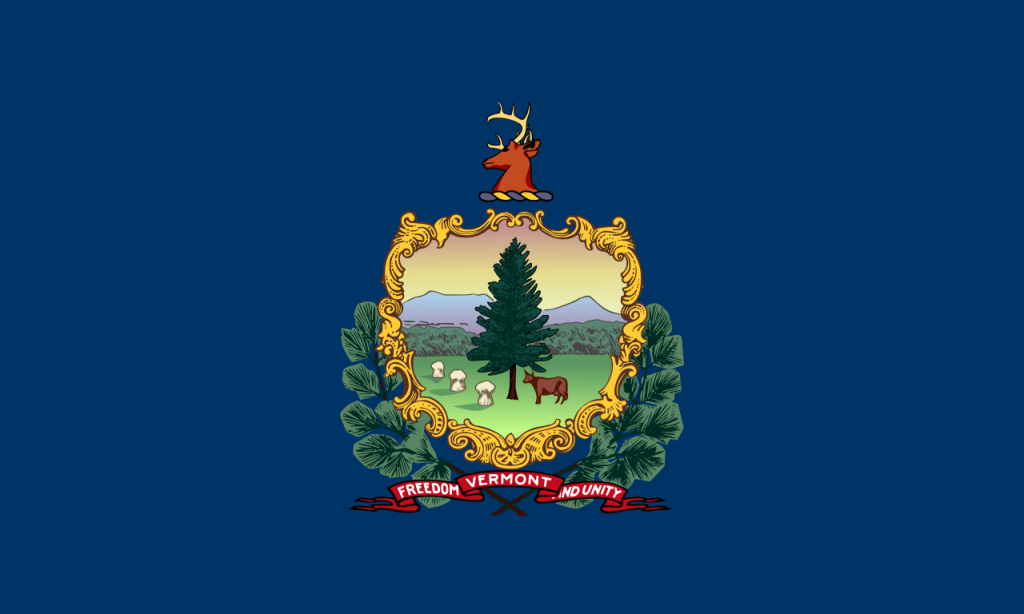
1. Design and Symbolism
The flag of Vermont reflects its natural features, including flora and fauna, that continue to enrich the lives of its inhabitants. It contains the coat of arms and state motto on a dark blue field.
Pine branches support the shield on both sides. It represents the victory at the 1812 Battle of Plattsburgh. It ended the final British attempt at a northern invasion, thus saving New York and nearby states.
The shield has an ornate gold border in the baroque style. It depicts a scene with a lone pine tree in the middle, surrounded by a brown cow with three sheaves of wheat. They represent the Vermont forests, the dairy industry, and the agricultural sector.
Some say that the pine tree represents freedom from the English crown. It may refer to the well-known Liberty Tree across the Thirteen Colonies. The resistance movement met under Liberty Trees to plan their next moves and stage acts of defiance.
Above the shield is the head of a deer to highlight wildlife. At the bottom is a flowing red ribbon with three folds. It bears the motto, “Freedom and Unity,” alongside the word “Vermont.” It underscores the delicate balance between personal freedom and responsibility to the community.
2. Adoption
The Vermont legislature adopted the current flag on June 1, 1923.
3. Technical Details
The flag uses a proportion of 3:5. The pine branches supporting the shield intersect at the bottom.
4. History
In 1778, Ira Allen designed the Great Seal of Vermont. Allen was a surveyor, politician, military officer, and state founder. Reuben Dean carved the seal image.
Vermont adopted the seal before reaching statehood. They used a different design in 1821 but reverted in 1937. The coat of arms borrows many elements from Allen’s seal design.
Several wars broke out from the late 1800s to the early 1900s, including the American Civil War, Spanish-American War, and World War I. The Vermont militia fought in these battles using a blue flag with the state coat of arms. The governor’s flag has a similar design. In 1923, the legislature adopted it as the state flag.
5. Other Flags
The Green Mountain Boys Flag
In the 1700s, a militia group called the Green Mountain Boys formed in Vermont. It repelled New York in its attempts to control the area, allowing the territory to declare independence and achieve statehood. Their flag is a green field with a blue canton of 13 white stars.
The Second State Flag
The US flag traditionally changes every time a new state joins the Union. Designers added a star and a stripe for the first few states. In 1804, the number climbed to 17. Vermont made a state flag with 17 stars and stripes while writing the “VERMONT” on the top red bar.
The Third State Flag
In 1837, Vermont redesigned the flag with 13 red and white stripes to keep up with the US flag. However, the tiny stars gave way to a single large star with the state coat of arms at the center.

